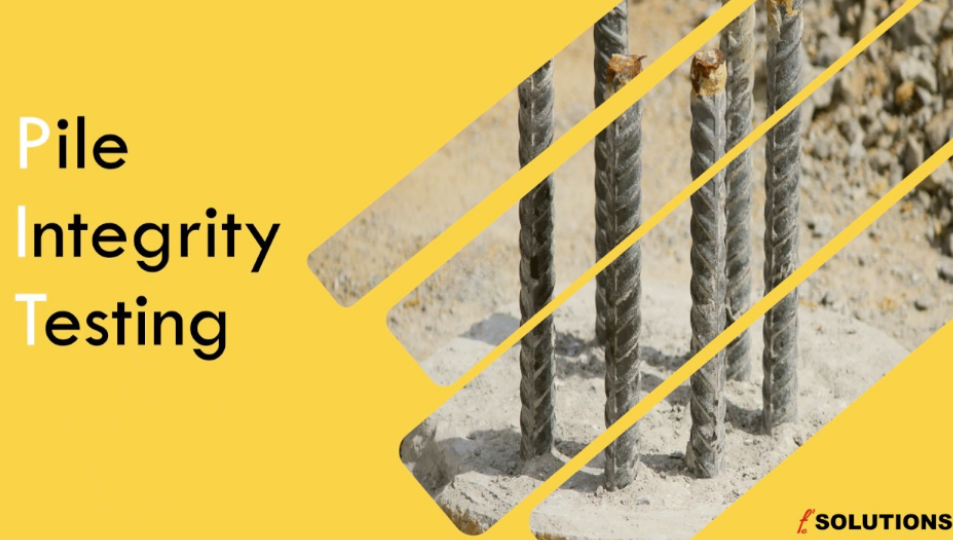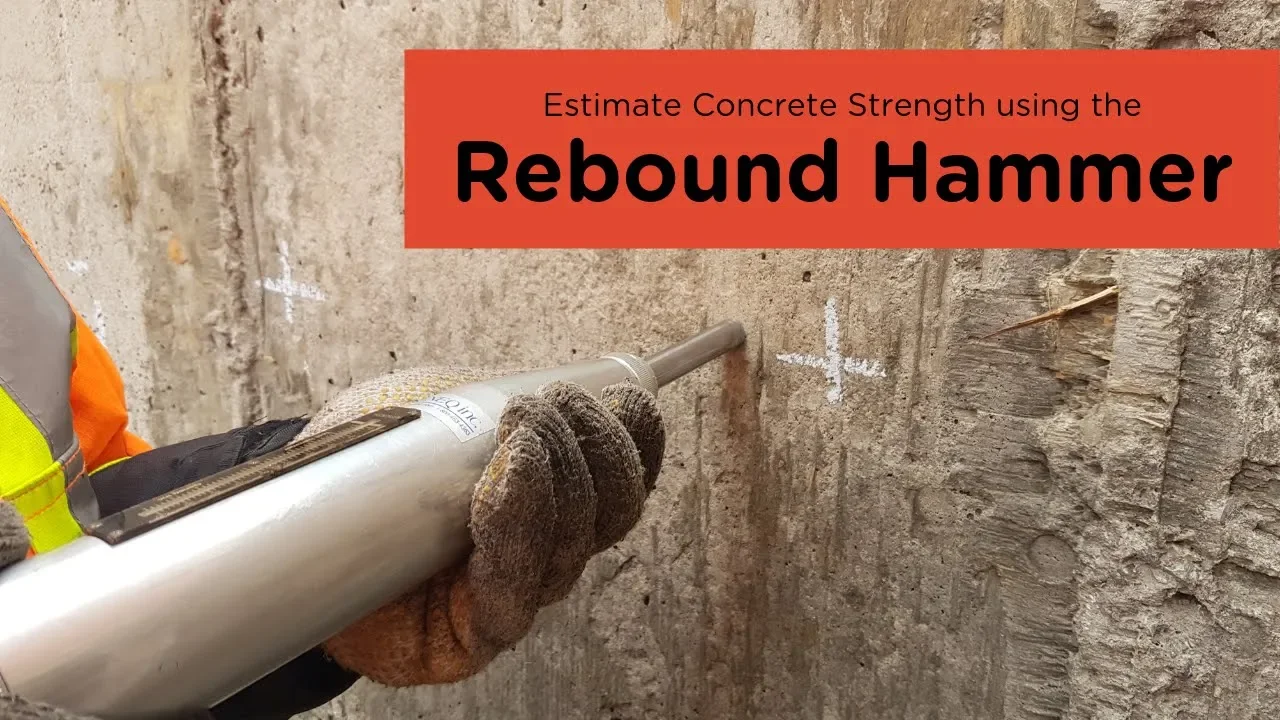How to Test Concrete Using Impact Echo Method
In this video, we will discuss the impact-echo test method and how it can help building inspectors and structural engineers in the inspection, testing, and evaluation of concrete structures.
Ultrasonic Pulse Velocity Test for Concrete | Non-Destructive Testing
In this video, we will discuss the ultrasonic pulse velocity testing method and how it can help engineers in quality control of new construction as well as the inspection of existing concrete structures.
How to Perform Pile Integrity Testing?
Low strain pile integrity test is a common nondestructive test (NDT) procedure for quality control and quality assurance (QC/QA) in deep foundation construction. The test can be used to identify physical defects (voids or discontinuity, referred to as pile integrity) in piles, or determine the unknown length of existing deep foundations.
Pile Integrity Testing
A brief description of the non-destructive testing method, Pile Integrity Testing. Concrete piles and drilled shafts are an important category of foundations. Despite their relatively high cost, they become necessary when we want to transfer the loads of a a heavy superstructure (bridge, high rise building, etc.) to the lower layers of soil.
Non destructive Evaluation of Defects in Concrete Columns
A defect is an unwanted condition that was not part of the original intent of design. Most famous forms of defects in concrete are cracking, sub-surface voids, discontinuities, and corroded rebar. Defects may or may not impact the performance of the structure.






